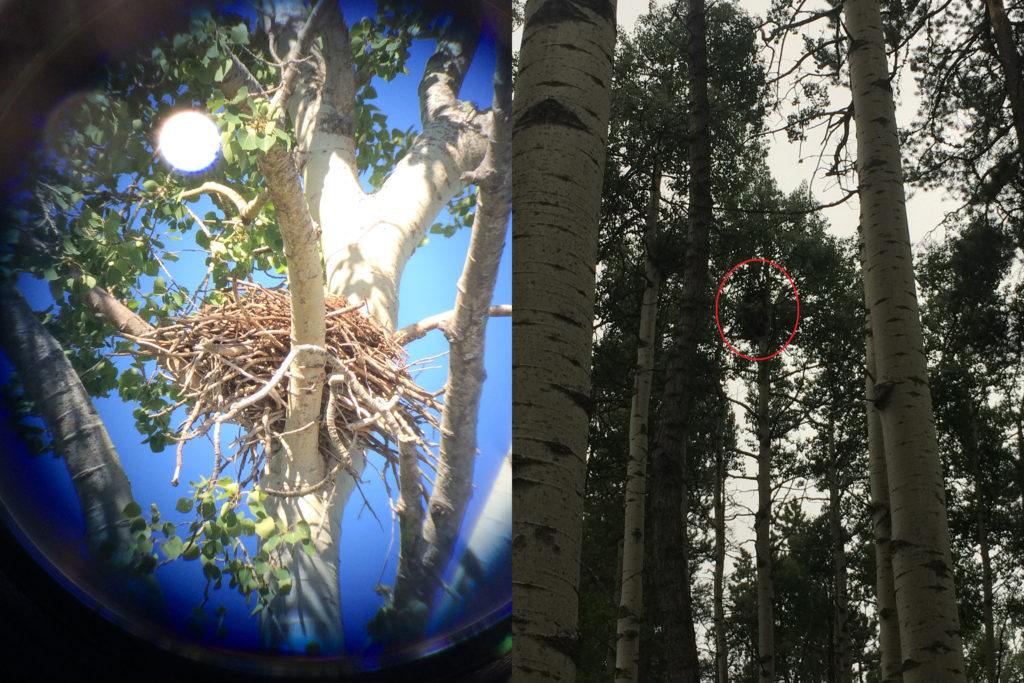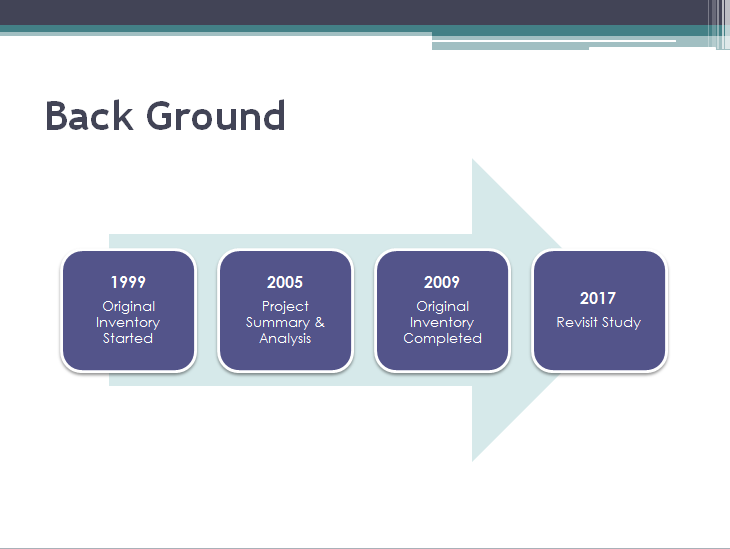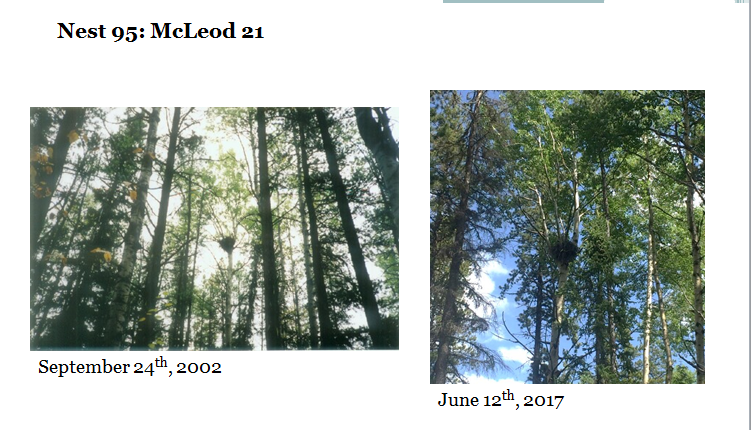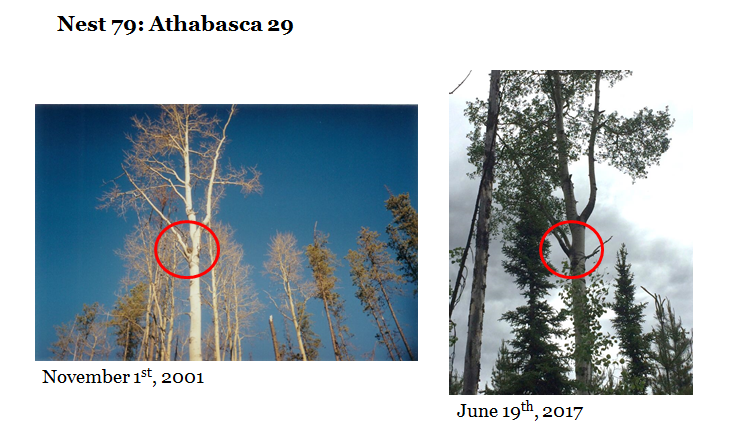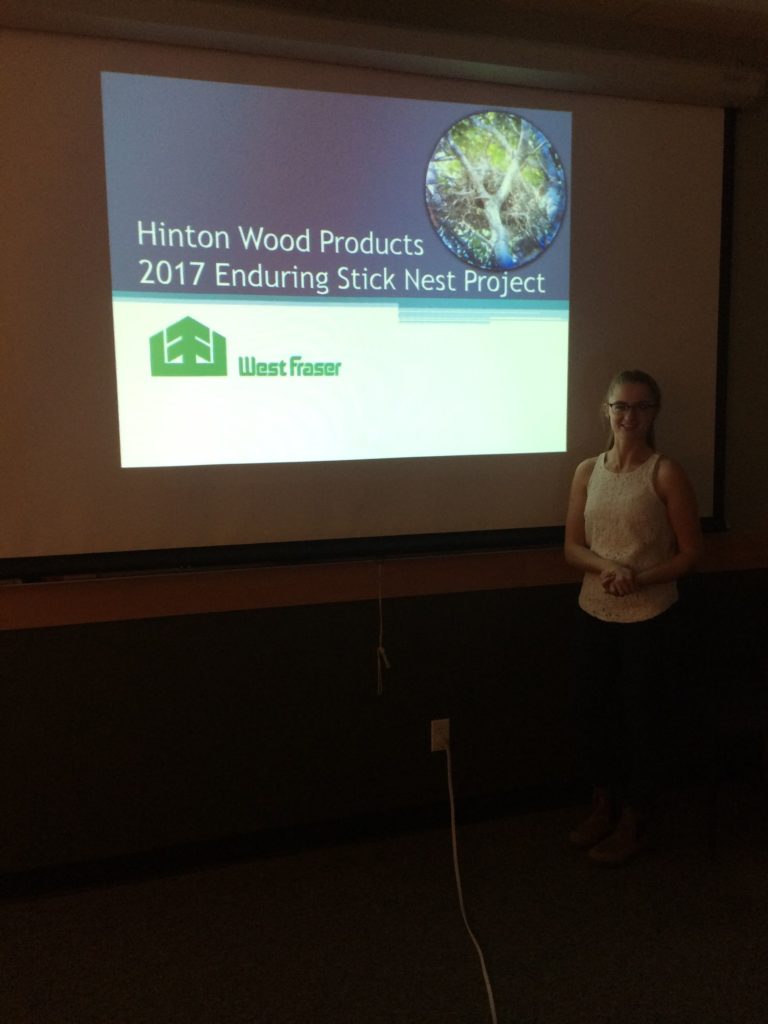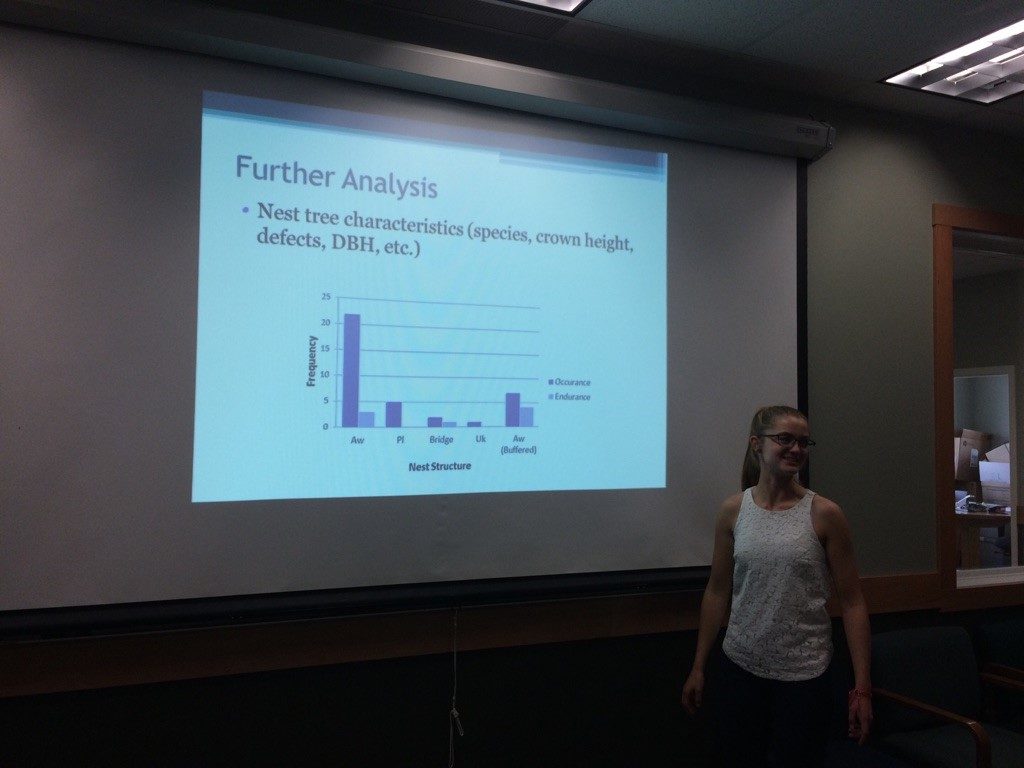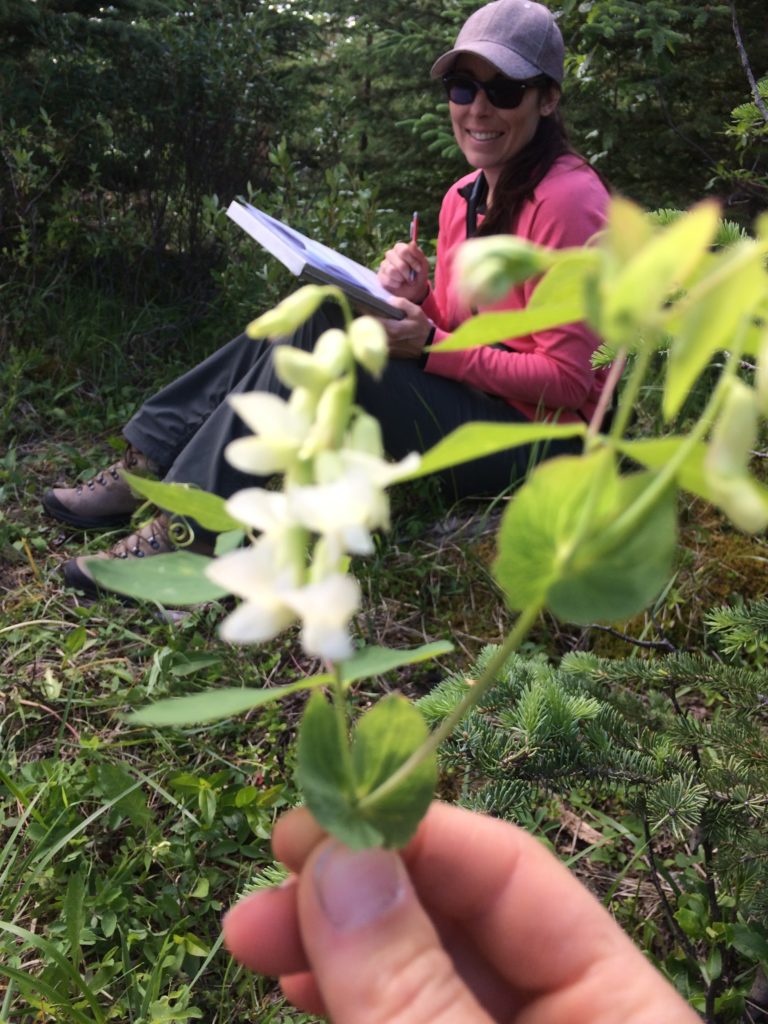The Staple of my Summer
24 août 2017 15:57 Laisser vos pensées
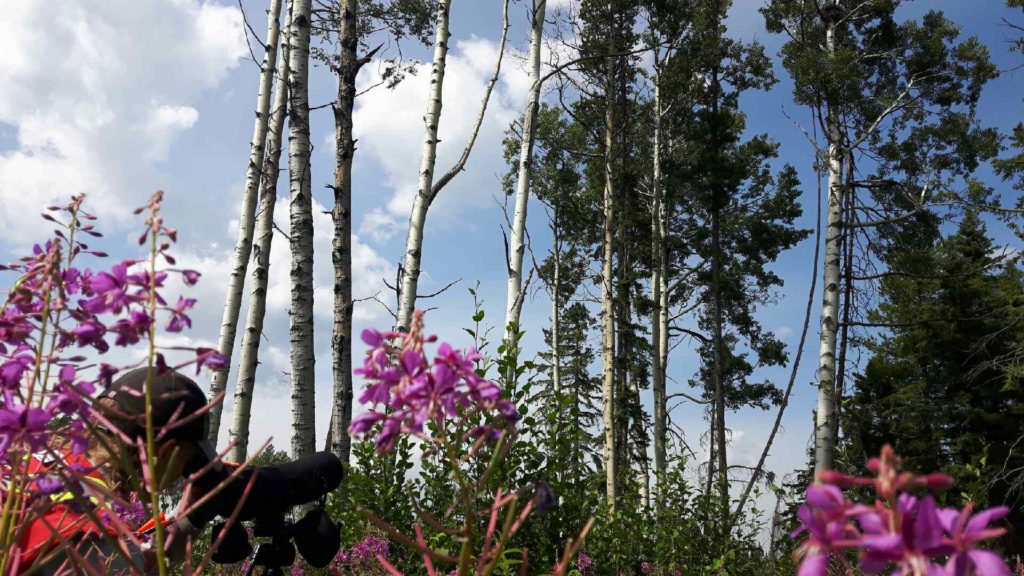
Image 1. Me looking at the stick nest in the furthermost aspen tree that was used by Red-tailed Hawks (see image 3) this season. Credit: Grant Huettmeyer.
Coming into the final weeks of my work term, I think it’s time to finally discuss my main project of the summer with you! This blog has to have some technical terms (I’ll try to define them all, I promise!) but I’ll work through it as simply as I can!
Asides from the wonderful wildlife surveys and various other projects I’ve been on, my time at west fraser has be mainly spent designing and executing a research project on enduring nesting structures, specifically stick nests built/used by raptors. My project is titled “Stick nest fate: A long-term study on factors influencing stick nest endurance in a managed forest.”
Enduring: long-lasting
Raptor: birds of prey such as hawks, owls, eagles, ospreys, etc. (see images 2, 3, & 4)
Stick nest: large, semi-permanent nests usually build by raptors, often reused year after year by different species (see images 4 and 5). Stick nests are really cool because they might be build by one kind of bird, but reused by other species. Some nests have been known to endure for up to 50 years, and I’ve found some this summer that are at least 18 years old!
Image 2. Example of a raptor: a Northern Hawk Owl (Surnia ulula). I captured this image during one of the days I spent surveying Mountain Goats (check out the blog if you haven’t yet! https://thegreenestworkforce.ca/index.php/blog/blog-full/pinto-mountain-goat-experience/)
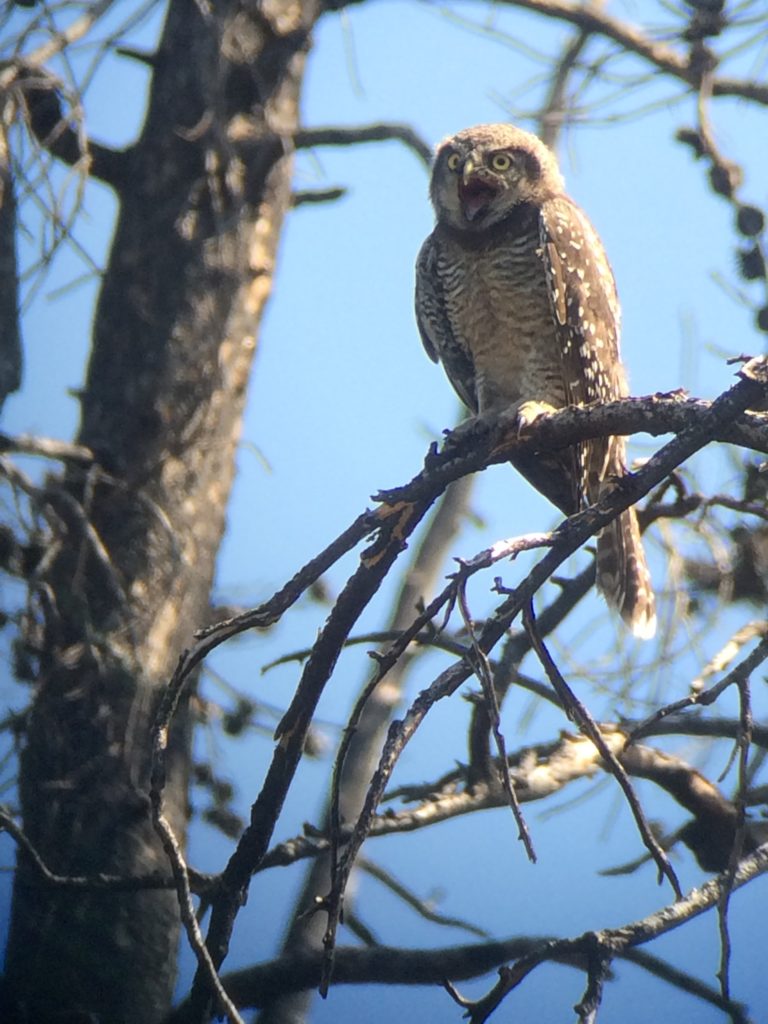
Image 2. Example of a raptor: a Northern Hawk Owl (Surnia ulula). I captured this image during one of the days I spent surveying Mountain Goats (check out the blog if you haven’t yet https://thegreenestworkforce.ca/index.php/blog/blog-full/pinto-mountain-goat-experience/)
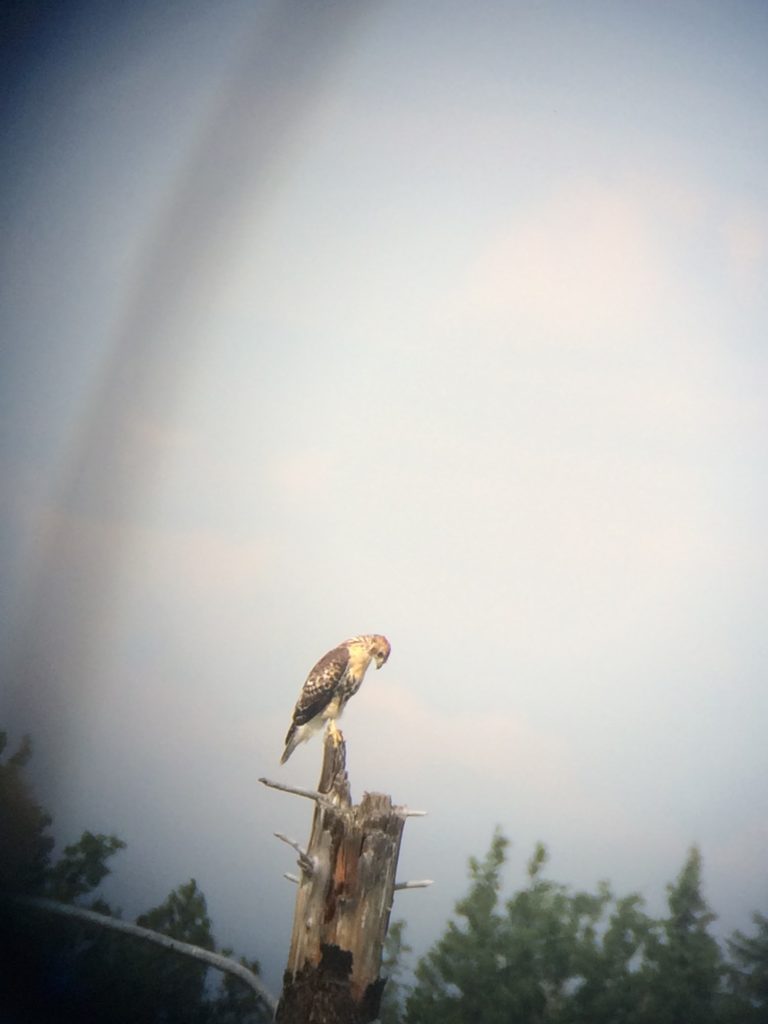
Image 3. Example of a raptor: a juvenile Red-tailed Hawk (Buteo jamaicensis) discovered during my sampling. This bird and it’s mother were showing aggressive nesting behaviour, circling and calling around me, which was very cool!
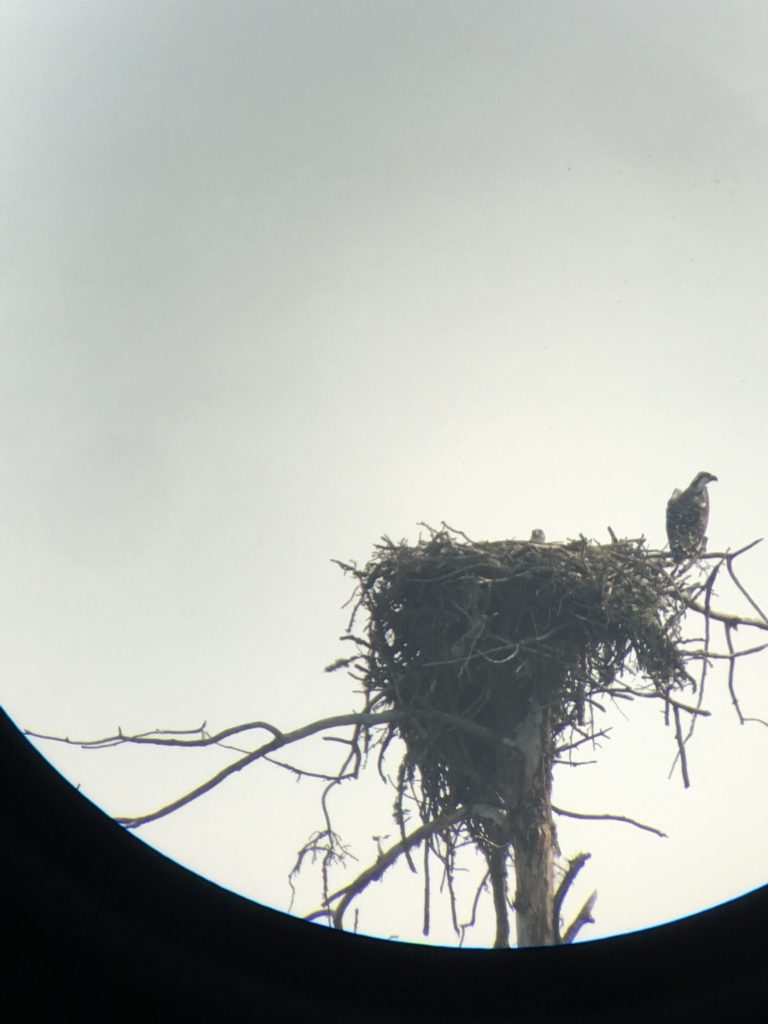
Image 4. Example of a raptor: Ospreys (Pandion haliaetus) that Laura and I recently found occupying a stick nest. You can see two in this picture, but there were three in the area!
To give you some background, this project is an extension of a nest inventory that began in almost 20 years ago. During the winter of 1999-2000, Weldwood of Canada LTD, Hinton Division (now owned by West Fraser as Hinton Wood Products) undertook a stick nest inventory project. The intention of this project was to locate, visit, and document stick nests to understand the habitats where stick nests occur, and to understand what species use them in this area. Various biologists and field assistants have been contributing to this inventory and re-visiting nests since.
In the most basic sense, the purpose of my project is to re-visit a subset of the inventory and determine the nest fate in regards to structure as well as occupancy of the nest, 10-20 years post-harvest. This will allow me to make management recommendations to forest companies that will affect how we harvest to promote bird conservation.Thanks to this original inventory, we have a unique opportunity to look at long term data!
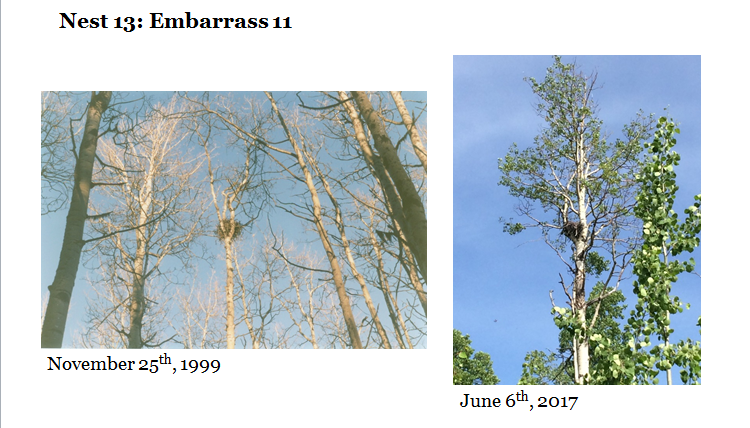
Image 7. An example of what long-term data actually looks like! This is the exact same nest in the exact same tree, but 18 years later.
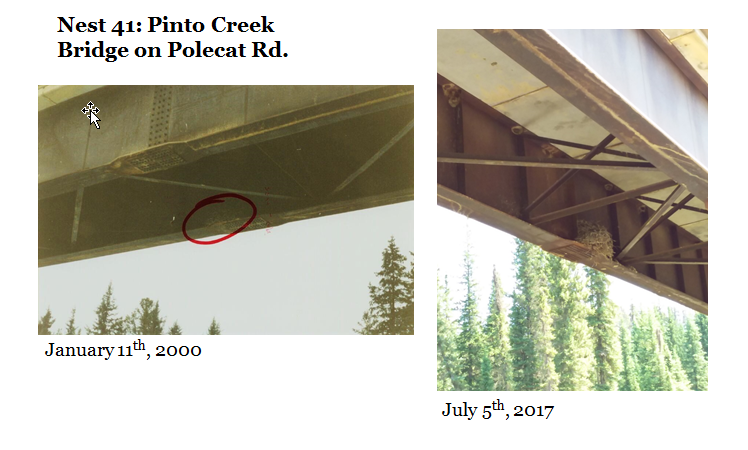
Image 10. Not all of the nests were built on trees! Here is an example of a nest that is over 17 years old under one of our bridges.
Stick nests are currently protected by provincial legislation, and forest companies must not harvest within a 100m radius of the nest. This often leads to huge timber losses by forest companies, to follow legislation that has very little evidence of success in promoting nesting habitat or stick nest endurance. Since this legislation came into play in 2009, Hinton Wood Products has found and protected 15 stick nests, all of which I also visited this summer. I will be comparing the endurance of these nest to those from the original inventory that I visit. Most of the nests in the original inventory were harvested around, either by leaving only the single nest tree, or by leaving a unique patch retention shape. Comparing the different harvest treatments (single tree retention, unique patch retention, and fixed-width buffering) will allow me to assess of the effectiveness of the current buffering rules, and make harvest recommendations that may potentially increase avian conservations while minimizing timber loses to the company.
So what does my bush day look like? Well it’s not actually all in the bush! I spend about an hour in the office using our GIS (geographical information systems – basically interactive mapping of various data) software to prepare for my field sampling. Then I make maps and head out to my site! At the site, I set up a 400m2 plot around the nest tree and collect information on the habitat and the tree itself. Finding the tree can sometimes be a challenge (image) and there were many cases where the tree was gone! After I’m finished, it’s back to the office for an hour or two of data entry and more GIS work.
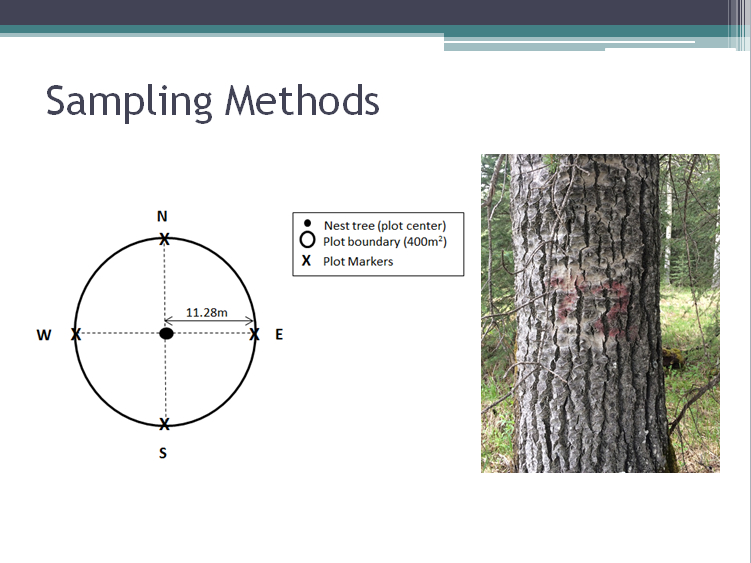
Image 11. Left: a schematic of my plot set-up. Right: an example of what I’m looking for in the field. I do have GPS points, but they can be inaccurate up to 50 meters! You can imagine how tough it is to see this faded paint, if it hasn’t completely faded!
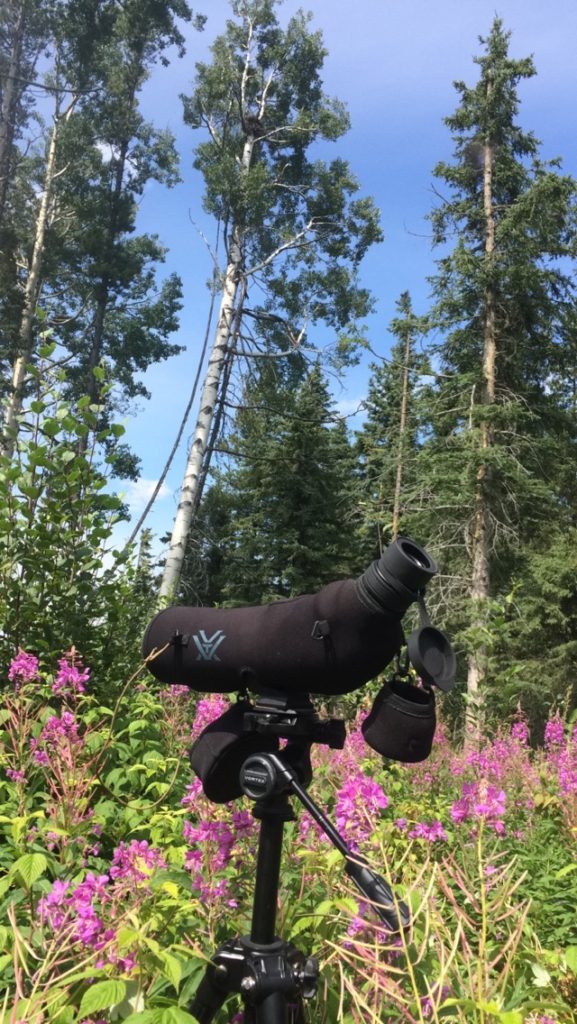
Image 12. Can you spy the Stick nest? Side note: I get a lot of questions on the scope I use at work. It is a Vortex Viper HD angled spotting scope with a 15-45×65 lense. It is new to the biology department this spring and has been awesome to have in the field.
One highlight of my project was giving a presentation to the planning group at the office in July (images 13 & 14). The purpose of the presentation was to get some feedback on my research questions, and find out what is most important to the forest managers in relation to my study. I received valuable feedback and had insightful discussion that are now helping with my analysis and management recommendations.
So what are the results? Well, I’m just getting into my data analysis and report writing now and will be working hard at that until the end of August. That being said, I only have trends and preliminary results to share with you guys. The main things my data suggests so far is that both fixed-width buffers and variable patch retention are beneficial to stick nest endurance, however fixed-width buffers are not necessary to stick nest endurance. If you are interested in reading my full report or finding out the final outcomes of this project, I’d be happy to share!
Another fantastic aspect of this project was my ability to work with many people in the office. I used knowledge from all of our departments (planning including GIS, operations, and silviculture) at some point in the project. There is certainly a wealth of knowledge in this office. I was even able to take out several planners and other summer students with me to help with my sampling at times throughout the summer. I’d like to give a huge thank you to everyone involved: those that questioned me, collected data with me, proofread presentations, or just supported me on the tough days.
This is my first real research project ever, and it has been an incredibly valuable learning experience for me in many ways. I am fortunate enough to have the mentorship and guidance of my supervisor, Laura, who has helped me through all the highs and lows that come with heading this type of project. I can’t thank West Fraser and Laura enough for handing me this challenging opportunity! I will be continuing on this research into the school year, developing the project into an honours thesis for my graduating project, under the guidance of a professor at my university.
My last days here at Hinton Wood Products are coming up quick and I’ll be working hard to make the most of them. Stay tuned for my final blog coming out at the end of August!
Syd

